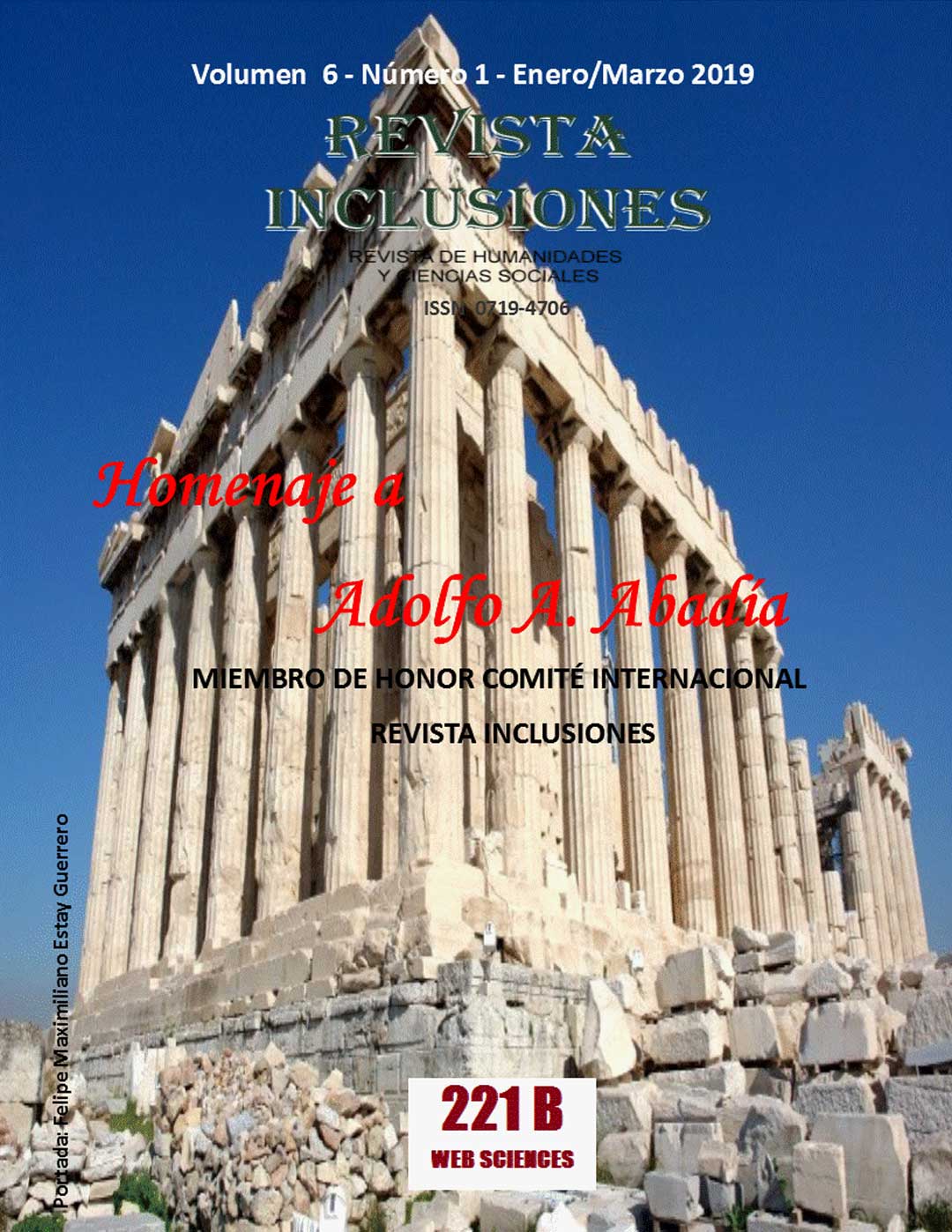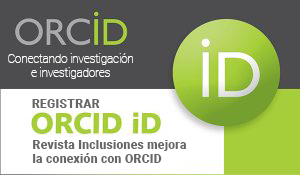RATIO OF GROSS DOMESTIC PRODUCT, STRUCTURE OF VALUE ADDED WITH CADÚNICO AND FAMILY BAG PROGRAM (PBF): THE CASE OF AMZOP MUNICIPALITIES
Keywords:
Economics, Benefit, Social ProgramAbstract
The purpose of the study was to verify the value of GDP, the value added of the municipalities of AMZOP and its relation with the number of enrolledin the CadÚnico and beneficiaries of the Bolsa Família Program (PBF). The data were obtained by means of a research with the website of the Ministry of Social Development (MDS) and website of the RS Foundation. The results show that in December 2017, 36.96% of the AMZOP municipalities were enrolled in the CadÚnico for social programs of the federal government and that 15.83% of the population of the municipalities of AMZOP are beneficiaries of the PBF. Of the 43 municipalities of AMZOP, 12 municipalities have a percentage of PBF dependence above the Brazilian average of 20.78%, and 37 municipalities have a dependence above the RS average of 8.35% of the population. The municipality of Cristal do Sul is the one with the highest percentage of families with benefits in the PBF, with 327 families, which represents 34.71% of the population. When verifying the relation of the values of GDP, GDP per capita, population and value-added structure with number of families enrolled in the CadÚnico and PB beneficiaries,it can be seen that the municipalities with the largest population have a higher nominal GDP and a higher number of CadÚnico and beneficiaries of the PBF.
Published
Versions
- 13-01-2021 (2)
- 31-12-2018 (1)
How to Cite
Issue
Section
Copyright (c) 2018 Dr. Lorimar Francisco Munaretto

This work is licensed under a Creative Commons Attribution-NonCommercial 4.0 International License.
Los autores retienen los derechos de autor y otorgan a Revista Inclusiones el derecho de publicación bajo Creative Commons Attribution 4.0 International (CC BY 4.0). Esto permite el uso, distribución y reproducción en cualquier medio, siempre que se otorgue la debida atribución al autor.











